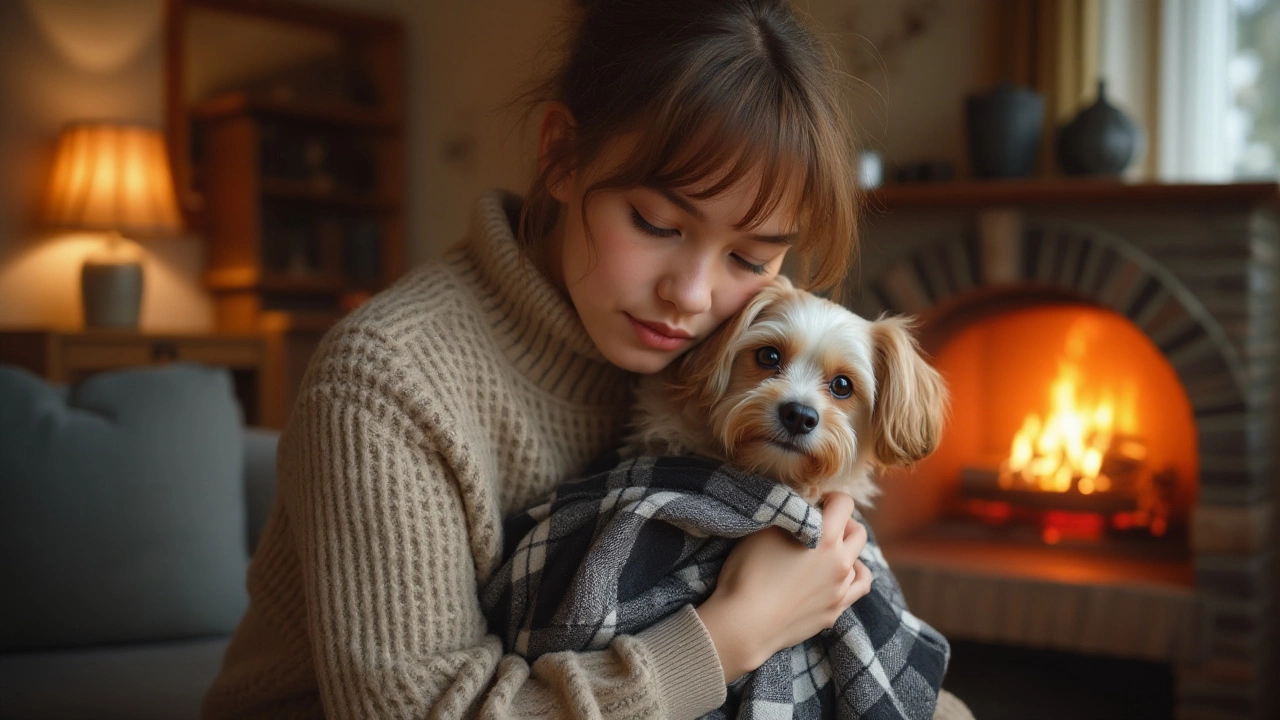Pet Stress: Spot the Signs, Calm Your Pet, and Prevent Anxiety
Ever notice your dog trembling before a car ride or your cat hiding during a thunderstorm? Those are classic stress signals, and they’re more common than you think. Stress doesn’t just make a pet uncomfortable; it can lead to health problems, destructive behaviour, and a strained bond with you. The good news? You can spot the warning signs early and use simple tricks to keep anxiety at bay.
Common Triggers of Pet Stress
First, understand what usually sets off stress. Loud noises like fireworks, construction, or even a vacuum can make a dog cower or a cat sprint to the nearest cupboard. Change is another big one – moving house, a new family member, or a different feeding routine can throw pets off balance. Travel amplifies anxiety; think of the cramped carrier, unfamiliar smells, and the bustle at the airport. Even everyday things like a tight collar, a noisy harness, or a crate covered at night can feel oppressive if the pet isn’t used to them.
Behavioural clues are your early warning system. A dog that starts panting, drooling, or licking its lips excessively is likely nervous. Dogs may also pace, whine, or try to escape a confined space. Cats hide, groom obsessively, or spray to mark territory when stressed. If your pet seems unusually clingy, has a sudden loss of appetite, or shows aggression, stress is probably involved.
Easy Ways to Reduce Stress at Home
Now that you know the triggers, let’s talk solutions you can start today. Create a calm zone – a quiet corner with a comfy bed, a favorite blanket, and maybe a piece of your clothing for scent comfort. For dogs that hate having their collar on all the time, consider a breakaway style or a gentle harness that distributes pressure evenly. When you need to cover a puppy’s crate at night, use a breathable fabric and watch for signs of overheating; a well‑ventilated cover can help a pup feel safe without feeling trapped.
Exercise is a powerful stress buster. A brisk walk, a game of fetch, or a short hike burns excess energy and releases feel‑good hormones. For indoor days, interactive toys – puzzle feeders, squeaky balls, or tug ropes – keep the mind busy and reduce nervous chewing. If your dog nooks (sucks or kneads soft toys) when anxious, give them a dedicated nooking toy to channel that behaviour safely.
Travel stress? Prepare a travel kit with a familiar blanket, a favorite chew, and a short video of calming music. Get the pet used to the carrier weeks ahead – leave it out, add treats, and let them explore it voluntarily. At the airport, arrive early, stay relaxed, and keep the routine as normal as possible. A calm owner translates to a calmer pet.
Grooming can also be stressful if rushed. Bath your dog before a grooming session only if they’re comfortable with water; otherwise, a quick brush might be better. Use low‑stress grooming tools, keep sessions short, and reward with treats.
Finally, be consistent. Stick to regular feeding times, walk schedules, and bedtime routines. Predictability is a huge comfort for pets and reduces the chance of anxiety spikes.
Pet stress isn’t a mystery you can’t solve. By watching for signs, tweaking the environment, and adding a few calming habits, you’ll keep your dog or cat happier, healthier, and more relaxed. Start small, stay patient, and you’ll notice the tension melt away in no time.
- Morgan Ainsworth
- 0 Comments
Understanding Why Your Dog Is Upset After a Grooming Session
When your dog seems distressed after a grooming session, it can be concerning. Dogs might cry post-haircut due to stress, fear, or discomfort from the unfamiliar experience. This article explores why your pup might be upset and tips for making future grooming sessions smoother. Understanding your dog's behavior and providing comfort can help reduce anxiety and ensure their well-being.
View More
